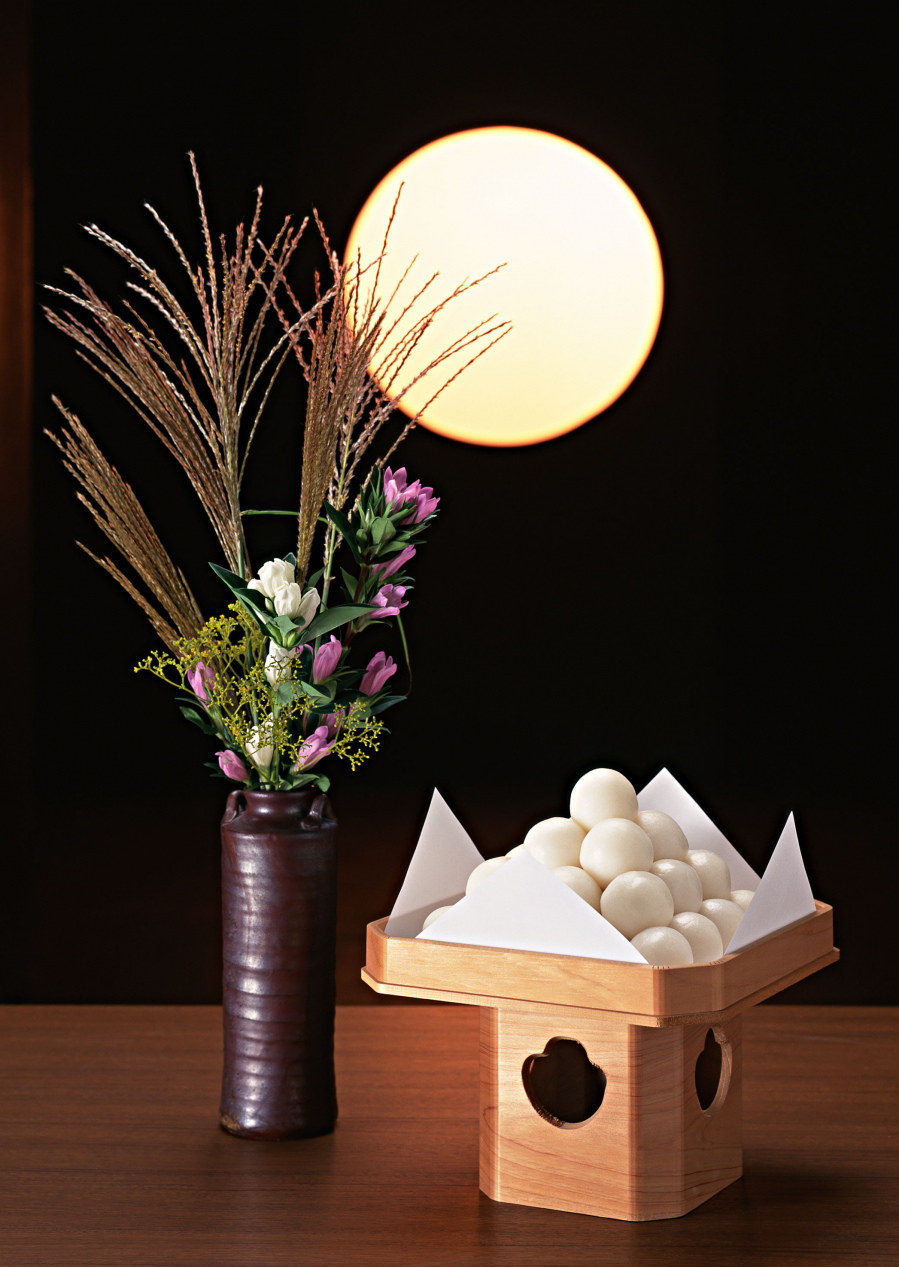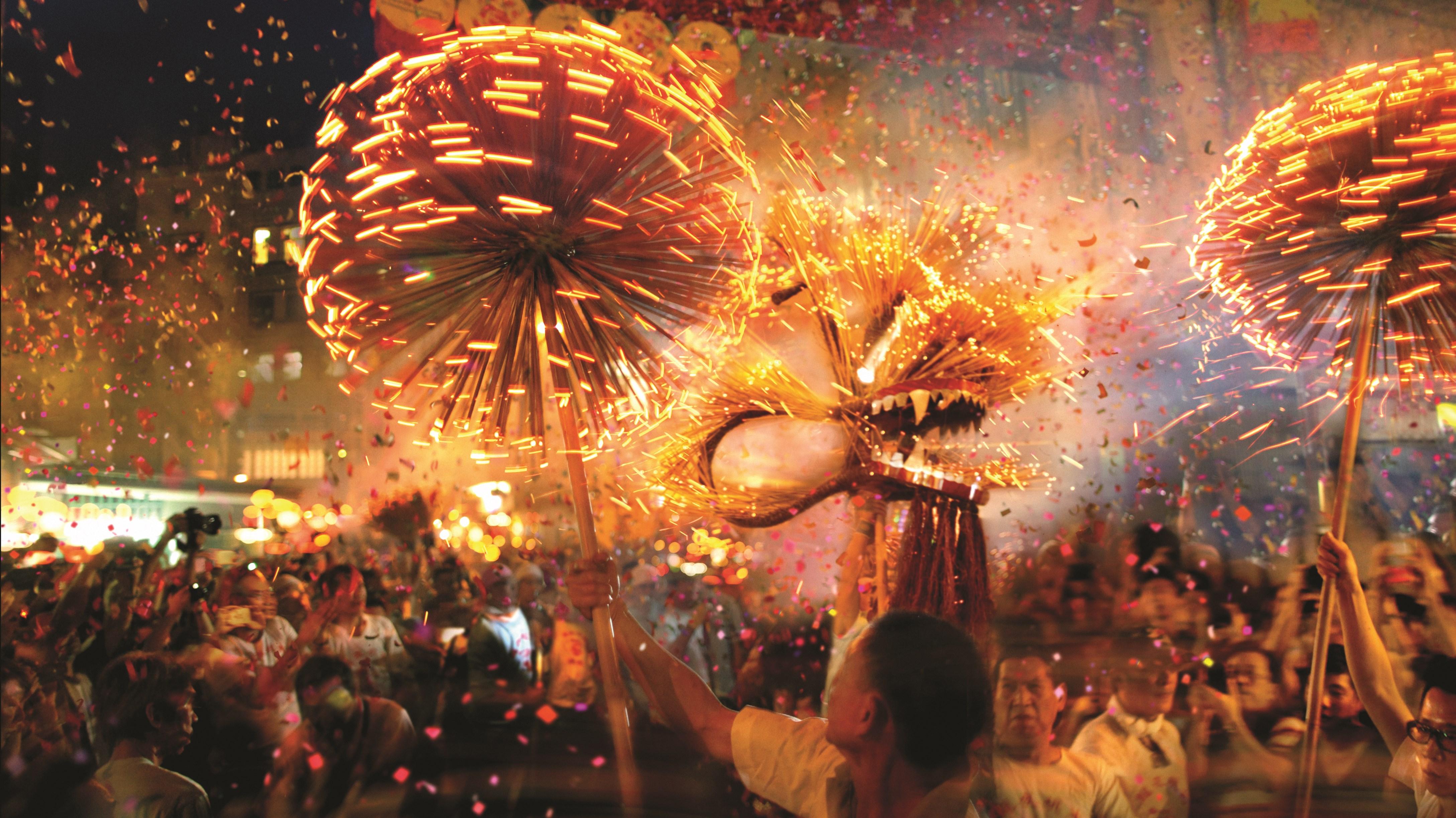China (Zhongqiu Jie)
The Mid-Autumn Festival in China was originally an outdoor festival to give thanks for a bountiful harvest and enjoy the joy of hard work. In ancient times, Chinese people would set up altars in the yard under the moonlight. The trays were decorated with offerings such as melons, cakes, pomegranates and other fruits. Today, the Mid-Autumn Festival is a time for families and friends to gather together, enjoy a sumptuous dinner, eat mooncakes, sip tea and gaze at the full moon, which symbolizes harmony and family unity.
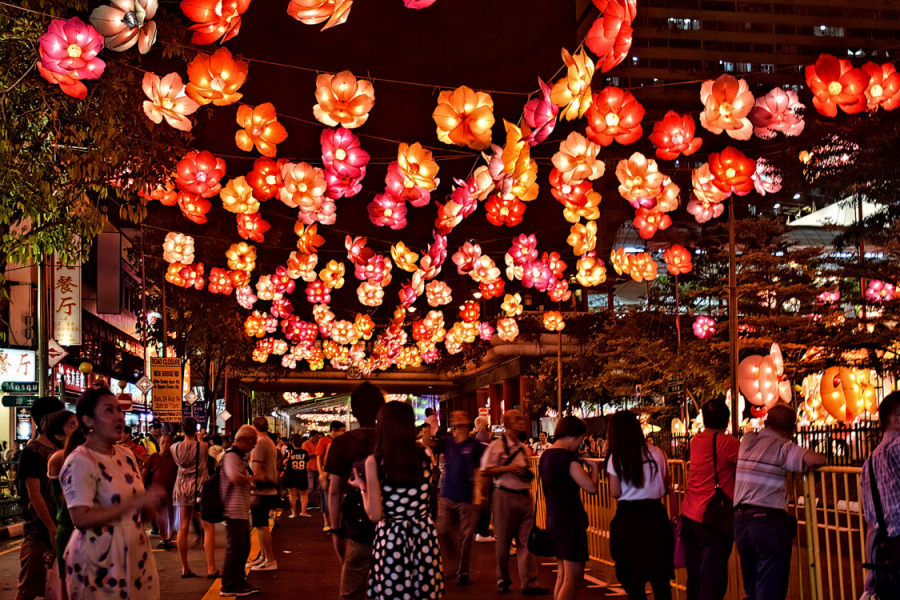
Vietnam (Mid-Autumn Festival)
In Vietnam, the full moon of the eighth lunar month is a symbol of fertility. The ancient Vietnamese people often prayed for a bountiful harvest and fertility for all living creatures on this Mid-Autumn Festival. By the early 20th century, this festival was an opportunity for young men and women to meet and get married, and also an occasion for young girls to show off their talents through handicrafts given to everyone. Over time, this festival gradually became a Tet holiday for children in Vietnam.
During the Mid-Autumn Festival, children are given toys and candies and fruits. They also go around the streets with five-pointed star lanterns like the Vietnamese flag and masks of animals or characters from movies, comics and cartoons.
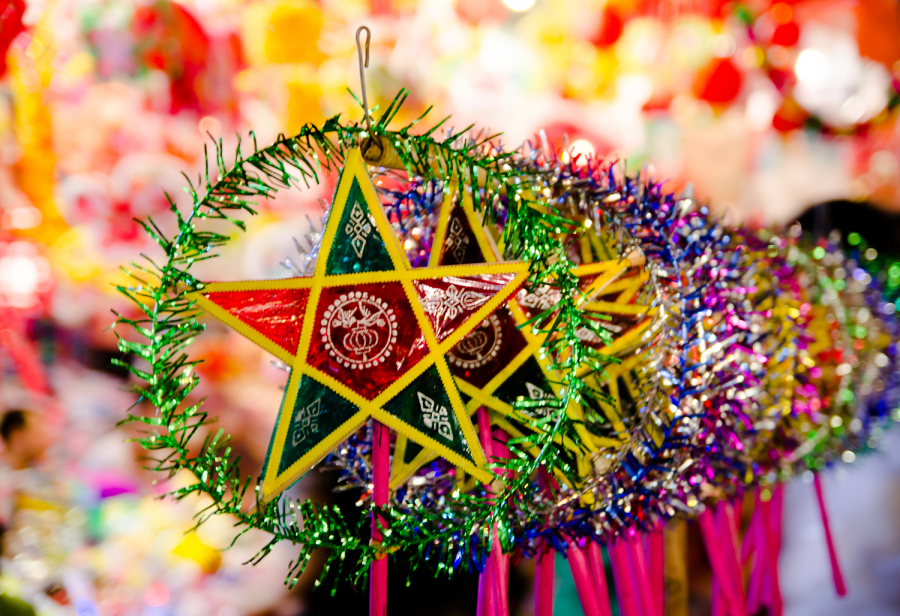
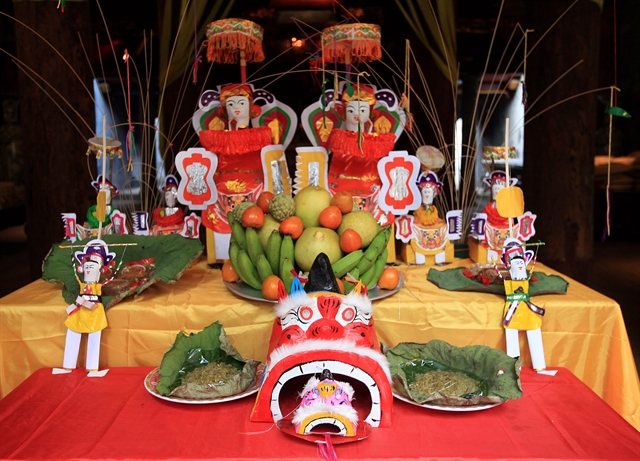
Paper dolls are also a traditional gift given to children with the wish that they will achieve great things in life.
Singapore
Mid-Autumn Festival in Singapore is a time for people to gather at home, admire the full moon while drinking tea and eating mooncakes. Besides the traditional mooncakes, new mooncakes such as Bloody Mary Snow Skin and Cranberry Cheese are also becoming popular.

In the evening, children will go around with lanterns of all shapes and sizes. Tourists can visit Chinatown to see the streets filled with lights and soak in the festive atmosphere.
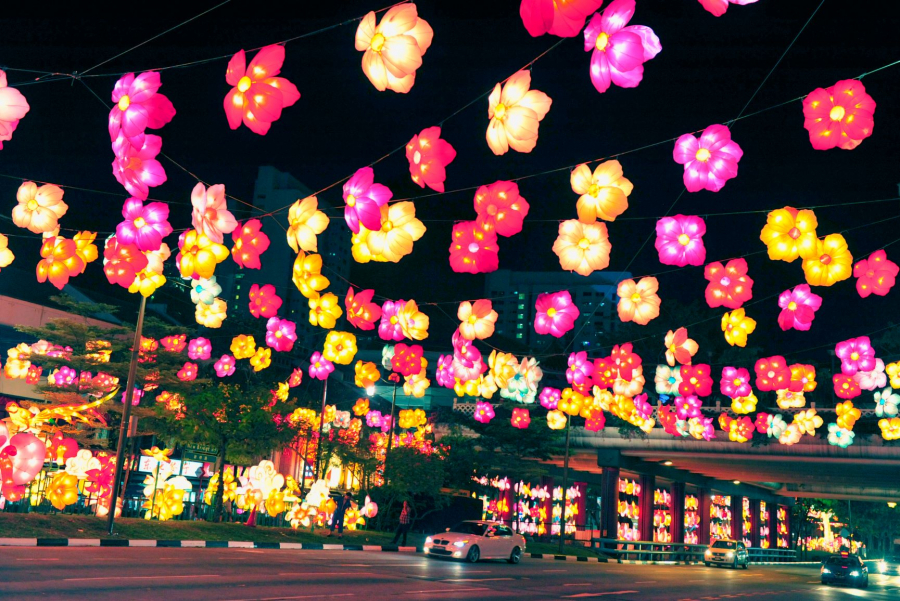
Korea (Chuseok)
Chuseok in Korea is a three-day holiday often referred to as Thanksgiving. It is a time when fruits ripen and rice and other autumn crops are harvested. Koreans visit their ancestors’ graves on this day and offer a table full of rice cakes, rice wine and fresh fruit. They then clear the grass around the grave, a ritual called “beolcho”. At sunset, family and friends gather to enjoy the beauty of the full moon or play folk games such as Ganggangsullae (Korean circle dance).

Malaysia
Malaysians also gather with their families during the Mid-Autumn Festival to celebrate family harmony and enjoy mooncakes together. Various types of mooncakes are sold at special stalls in shopping malls. Entertainment activities such as lion dances, dragon dances, parades and lantern parades are also indispensable during this occasion.
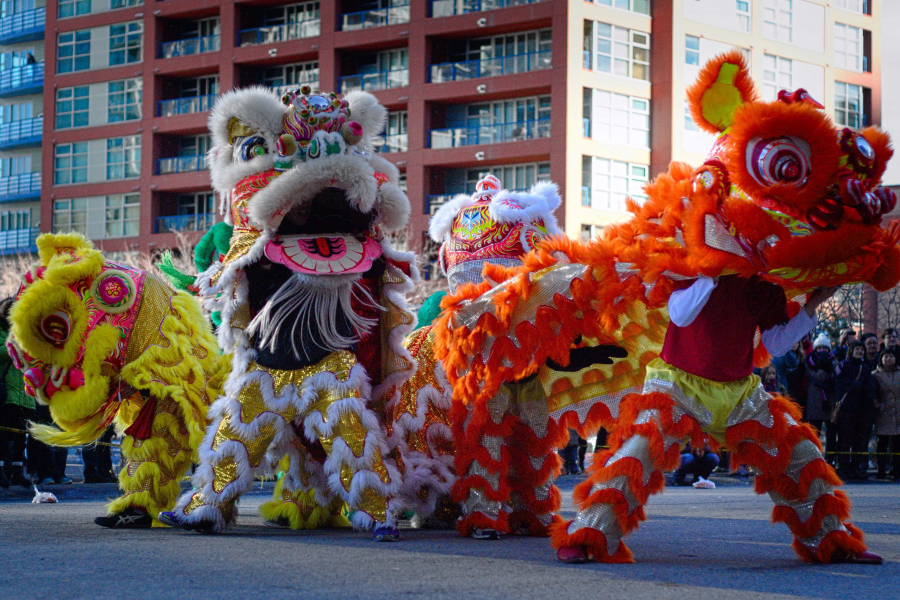
Thailand (Moon Festival)
In Thailand, on the night of the 15th day of the 8th lunar month, statues of Guanyin and the Eight Immortals are placed on the altar along with offerings such as peach-shaped cakes and moon cakes. Thai people believe that the Eight Immortals will bring peach-shaped cakes to the moon and wish Guanyin a happy birthday. After the birthday celebration, Guanyin and the Eight Immortals will bestow many blessings on the people.
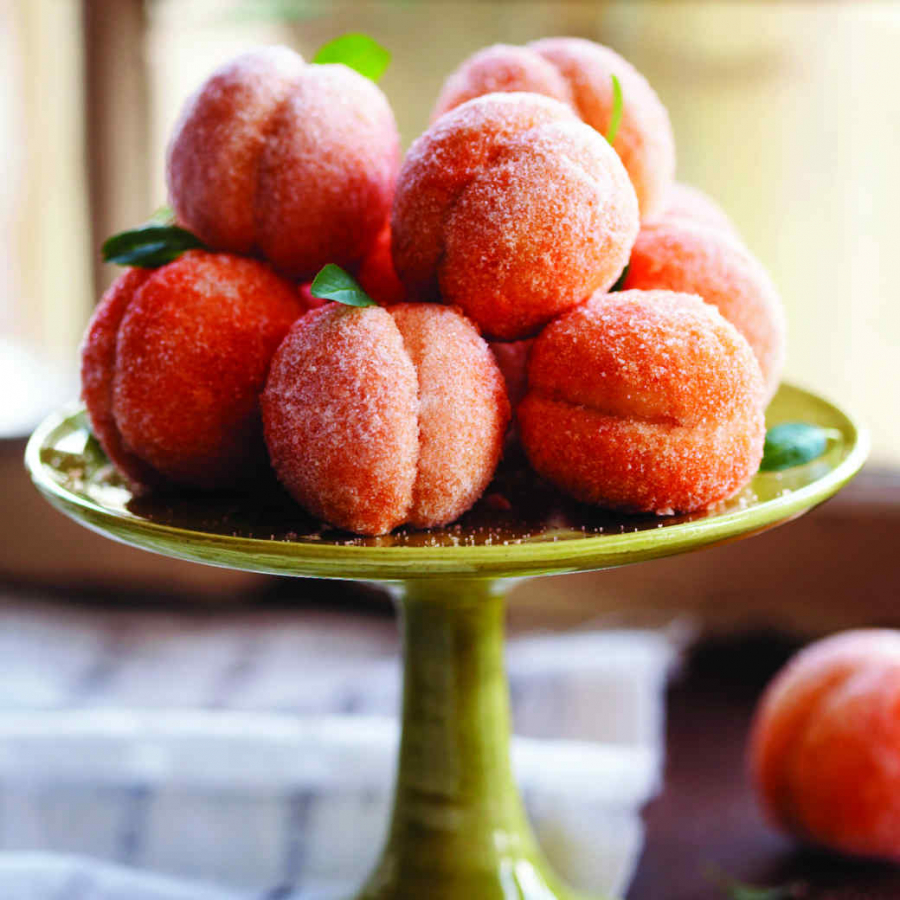
Mooncakes in Thailand also have many different versions, of which the lotus seed mooncake with egg yolk is the most famous. The durian mooncake is also a unique version that you should try once.

Philippines
Filipinos celebrate the Mid-Autumn Festival by giving mooncakes to friends, relatives and neighbors. Chinatowns and Chinese communities here also decorate their houses with colorful lanterns and banners. Aside from the usual activities like lion dances, lantern parades and parades, a game of chance called the “mooncake game” is also popular among Filipinos.

Japan (Tsukimi)
The Mid-Autumn Festival in Japan has a tradition of more than a thousand years. The festival is held to pray for a bountiful harvest and to pay respect to the Moon God. Japanese people use Japanese pampas grass to decorate their homes during this festival and enjoy tsukimi dango (rice dumplings) arranged in a triangle on a wooden shelf.
